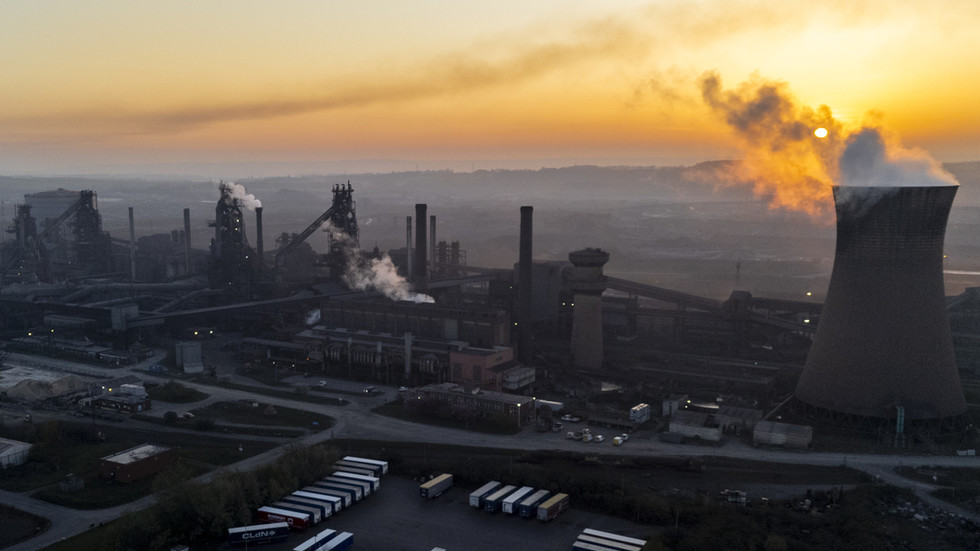Firefighters were battling several wildfires in Germany's western state of North Rhine-Westphalia on Saturday.
A large-scale operation was underway in the town of Sundern, about 43 kilometers (26.7 miles) southwest of Dortmund, where a fire in a remote wooded area spanning some 20,000 square meters was raging.
"For the firefighters who were first on the scene, things suddenly became very dramatic," Michael Salmen, spokesperson for the Sundern Fire Department said, according to public broadcaster WDR.
The spokesperson said the blaze had been brought under control by Saturday evening, but efforts to extinguish the fire were set to continue through the night and into Sunday.
 Wildfires in Germany at this time of year are rareImage: Feuerwehr Sundern/Handout/dpa/picture alliance
Wildfires in Germany at this time of year are rareImage: Feuerwehr Sundern/Handout/dpa/picture allianceIt is still unclear how the fire started.
Another blaze was also raging near Simmerath, southeast of Aachen on the border with Belgium, where around 70 firefighters and police have been deployed.
High winds were hindering efforts to put out the fire, a spokesperson said.
Fires were also reported in Overath and in a forest in Wuppertal.
What is causing the wildfires?
Germany, like much of western Europe, has had a particularly dry early spring.
It has yet to rain this month, and March saw 70% less rain compared to previous years, making it one of the driest on record.
Precipitation in February was also half the usual amount, amid low rainfall and reduced snowmelt from the Alps.
Aside from raising the risk of forest fires, the lack of rainfall is also impacting crops, animal populations and shipping on the Rhine river, Europe's busiest inland waterway.
Supply chains at risk as Rhine dries up
Edited by: Wesley Dockery

 17 hours ago
5
17 hours ago
5









